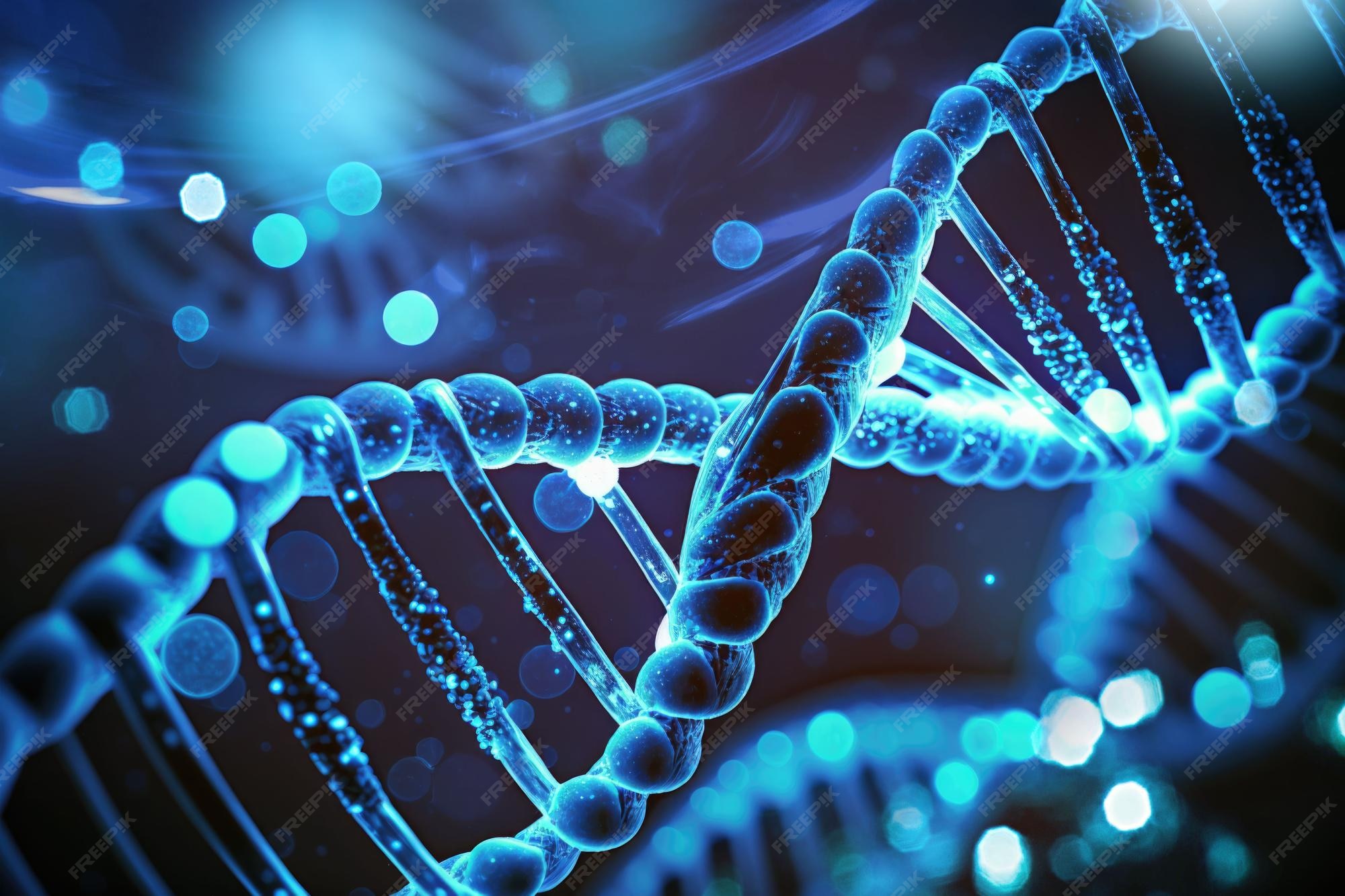The revelation of genetic material from ancient hunter-gatherers near the Americas’ land bridge invites a multitude of intriguing questions about human migration and adaptation. How did these populations navigate vast and challenging landscapes, and what does their DNA tell us about their interactions with the environment and each other? As we delve into this captivating subject, we challenge our assumptions about the prehistoric peoples who first inhabited the Americas and the mechanisms through which they adapted to diverse ecosystems. This exploration is critical to understanding not only the origins of these groups but also the broader narratives of human history.
The land bridge known as Beringia, connecting Asia and North America, served as a corridor for ancient peoples during periods of lower sea levels, around 20,000 years ago. This geographical feature provided a unique milieu for hunter-gatherers exploring new territories. Fossils and archaeological remains previously pointed to distinct behavioral patterns and tools of early inhabitants; however, the recent analysis of DNA samples uncovers complex stories of migration, adaptation, and intertwining lineages.
To grasp the significance of this genetic evidence, one must first understand the landscape into which these early humans ventured. Beringia was a tundra-like expanse, abundant in megafauna such as woolly mammoths and saber-toothed cats. It was also sparsely populated, creating an environment where nomadic lifestyles flourished. The hunter-gatherers who traversed this land not only faced environmental challenges but also navigated the inherent social complexities accompanying the establishment of new groups. The DNA analyses reveal that these groups were not homogenous; rather, they possessed genetic markers indicating varied adaptations and interactions.
Interestingly, the Hunter-Gatherers of Beringia are now recognized for their diverse approaches to subsistence and survival. Genetic traces show connections to contemporary Indigenous populations across North and South America, suggesting an intricate web of ancestry. Yet, within this genetic mosaic, there exists evidence of previously unknown groups. Who were these enigmatic peoples? How did they contribute to the genetic tapestry of modern descendants? Unraveling these threads poses a compelling challenge for anthropologists and geneticists alike.
The cooperative nature of these early societies also reflects on how knowledge and resources were shared. Societal structures likely evolved around resource distribution, leading to alliances and cultural exchanges. Current DNA studies have brought forth revelations suggesting that intermarriage and exchanges between groups may have played a pivotal role in enhancing genetic diversity. Hence, these hunter-gatherers were not merely isolated bands; they operated within a dynamic social network. As sociocultural evolution progressed, how did these relationships inform behaviors, beliefs, and material cultures? The relationship between genetics and cultural practices remains a crucial area of inquiry.
Furthermore, the technological advancements in DNA sequencing allow for the reconstruction of prehistoric lifestyles. These ancient populations utilized robust survival strategies, going beyond rudimentary hunting tactics. Evidence suggests they engaged in long-distance foraging, suggesting a significant understanding of their environment. How did this knowledge shape their interactions with the surrounding landscape? Did they employ strategies akin to modern ecological practices to ensure sustainability?
As anthropological inquiry progresses, the possibilities become increasingly stimulating. The potential discovery of additional unknown hunter-gatherer groups complicates existing frameworks of human migration and adaptation. What role did these groups play in the broader historical narratives of the Americas? With the ever-evolving nature of genetic research, new findings are constantly reshaping our understanding of early human life.
Nevertheless, challenges persist in interpreting this genetic data. While the inclusion of genetic analysis provides profound insights, scholars must be cautious in their conclusions. Genetic markers may offer clues but can also misconstrue historical narratives if not contextualized adequately. How does one reconcile the complexities of archaeological evidence with expanding genetic information? Balancing these facets requires a multidisciplinary approach, integrating archaeology, anthropology, history, and genetics.
As a consequence of these efforts, the ongoing revelations of the unknown hunter-gatherers are ushering in a renaissance of interest in ancient populations and their contributions to the current cultural landscape. Existing theories ostensibly rooted in solid archaeological findings now require reexamination in light of new genetic data. This brings to the forefront not just the quest for understanding who these people were but, equally important, who we have become as their descendants.
In summary, the analysis of DNA from hunter-gatherers near the Americas’ land bridge presents an enthralling intersection of anthropology, genetics, and history. It prompts us to reflect on the intricate networks that characterized early human life and challenges us to reconsider established paradigms of migration and adaptation. As we elucidate the contributions of these enigmatic groups, we also recognize our own place in the continuum of human experience, bridging the past with present perspectives on identity and belonging. The journey into this intricate genetic landscape has just begun, hinting at countless revelations yet to unfold.
